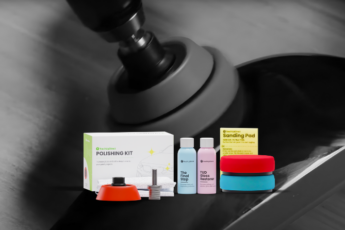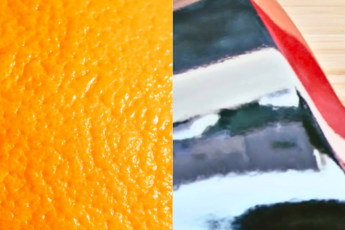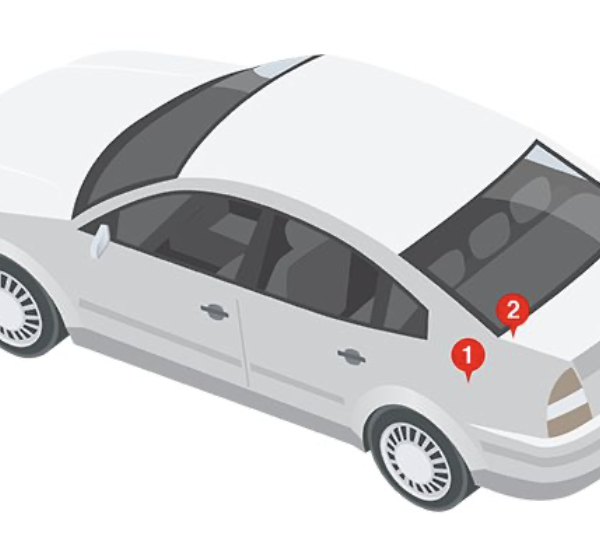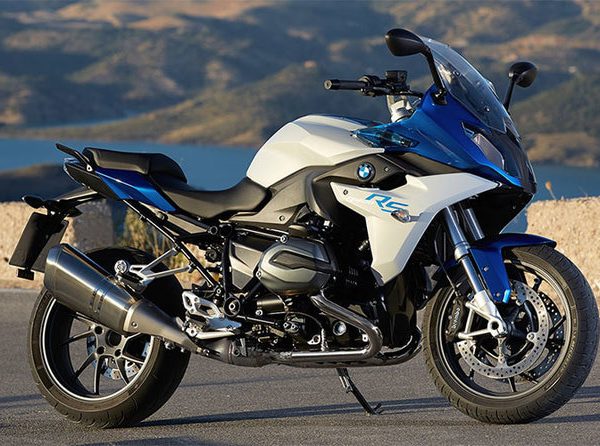Keep It Wet!
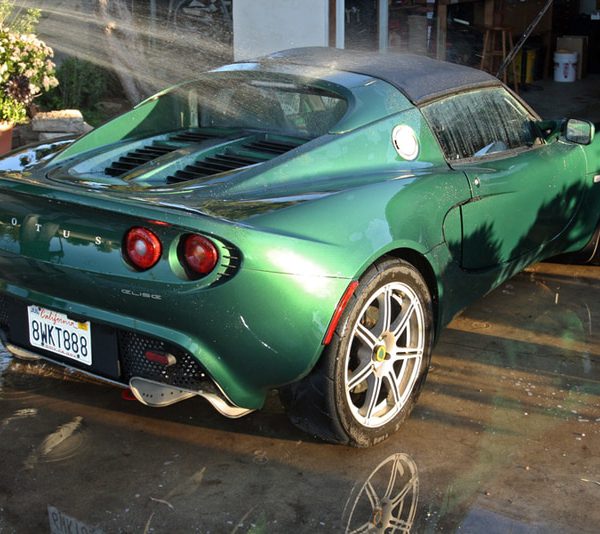
While we’re on the topic of simple ideas that make taking care of paint a whole lot less irritating/obnoxious/ineffective, there’s one that we’re hoping you’ve already figured out: keep it wet. Yes! The very hose you use to rinse can defeat the scourge of water spots.
The constant-wet methodology is not a new idea. It is, however, somewhat politically incorrect, as it requires you to use some extra water. Look at you, sticking it to the man. Don’t be snookered by the water police and big-government propaganda telling you to save water by drinking from the sponge in the sink and watering your plants with the tears of unicorns. The extra water you’re going to use to spritz your prized Sonic Blue Mustang Cobra might be a gallon or two. Be honest with yourself – if you’re washing your car in the driveway without needing to fend off marauders or alien locusts, you probably live in a country with utilities capable of providing you an extra gallon or two of water.
By the way, is anyone interested in explaining what a Mustang Cobra is? Is it like a horseshoe crab, or some wild genetic creation born of a laboratory deep beneath FoMoCo’s Rouge plant?
You’ll note that some colors are prone to fast evaporation (darker paints), and therefore quicker water spotting. Colors (or lack thereof) like Wimbledon White and lightly pigmented yellows and beiges will absorb less sunlight, and not heat up as much. It’s that evaporation that’s the real problem, because it leaves the stuff in the water – chemicals, minerals, and other dissolved solids – on your paint when the water’s gone. That stuff is not at all inert, and combined with the moisture already present in the air and the environment your vehicle lives in, they can etch/burn/eat away at your finish. A good coat of wax or sealer can hold the damage caused by water spots at bay for a time, but they’re just another layer to be eaten away, and eventually, water spots will get to your paint.
Fear not: if you have water spots, companies like Mother’s Polish sell specific water-spot removers– usually a polish of some sort, sometimes sporting a light wax in the mix – and these are effective. However, the objective should be to avoid water spots occurring at all, thus the wonderfully inexpensive and easy trick of keeping the whole vehicle you’re washing wet until you’re ready to dry.
While we’re at it, do yourself a favor and try to do all car washing and drying in the shade. Slower evaporation, less pressure to hurry up while drying, less heat, more shelving.
A near constant state of wet is easy: keep the same hose and nozzle you use to rinse your vehicle handy, and whenever you wash a section and rinse it (because you’re always washing section-by-section, right?), give the rest of the car a quick spritz too. As we’ve described before, it’s the same easy flow of water you’ve used on the rest of the car. We’re not blasting barnacles off the S.S. Minnow:there are lots of soft rubber parts, sensitive electronics and exposed lubricants on your car or truck, so you’d never use high-pressure to wash or rinse. Right?
Of all the easy rules for proper paint care, this one may be the easiest. It’s never too late to get a better habit: if you want to avoid extensive touch-up work (though TouchUpDirect is here for you if water spots get you covered), keep the paint wet until it’s time to dry.

 Cart
Cart
 Help Desk
Help Desk
